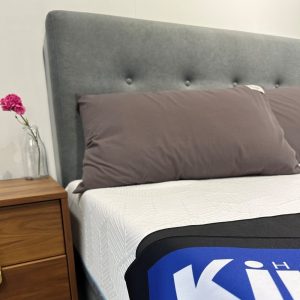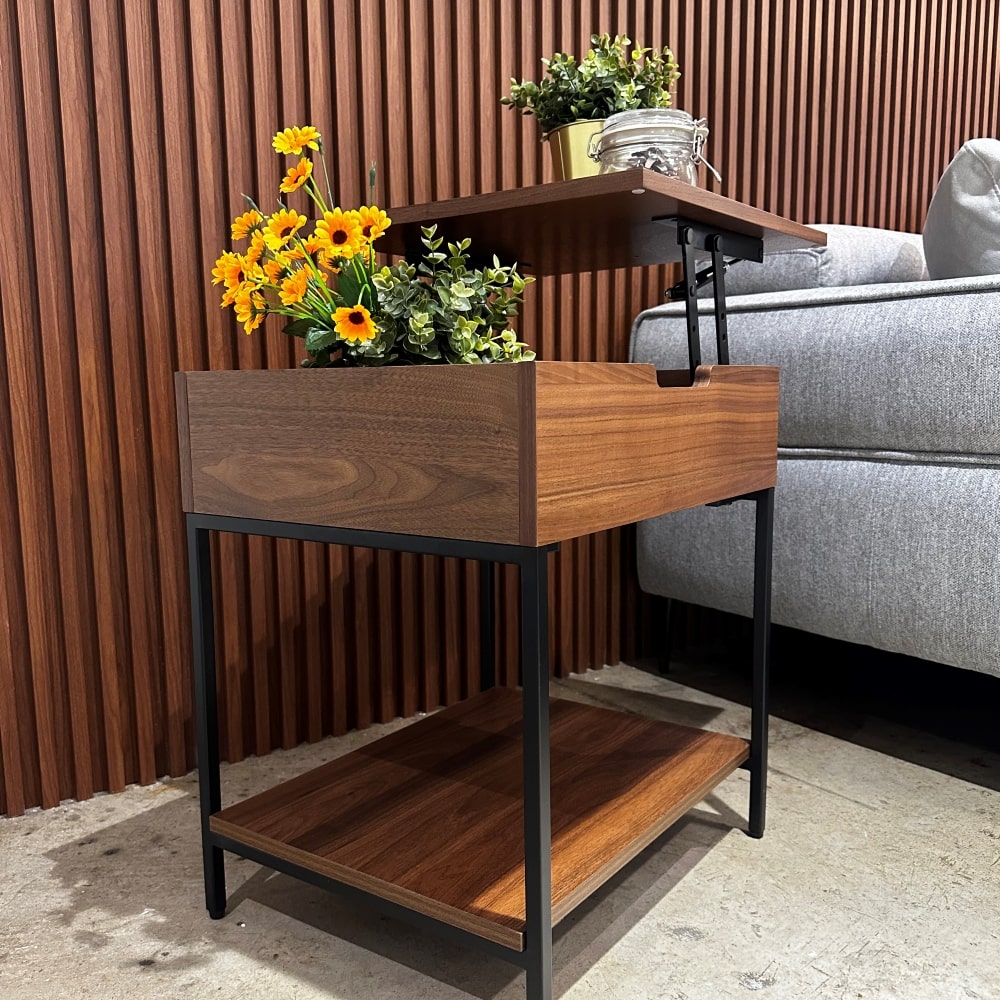As one of the most comfortable and supportive mattress options on the market, latex mattresses have risen in popularity in recent years. Curious about finding the perfect latex mattress? However, the durability of latex mattresses is often called into question. How long do they last? And how long should they last? We’ll break down the lifespan of a latex mattress, so you can make an informed decision when it’s time to upgrade your sleep setup.
How long do latex mattresses last on average?
High-quality latex mattresses can last between 8 to 15 years or longer depending on how they’re cared for and the frequency of use they receive. However, cheaper latex mattresses typically have a shorter lifespan due to less durable materials and poor construction.
Factors Influencing the Lifespan of a Latex Mattress
As with any mattress, the lifespan of a latex mattress is largely determined by several factors, such as the quality of materials used, care and maintenance, and the frequency and intensity of use.
- Material quality
The quality of the latex used in a mattress significantly impacts its durability. Natural latex mattresses derived from the sap of rubber trees, tend to have a longer lifespan compared to synthetic or blended latex mattresses. Natural latex is more resilient, resistant to sagging, and maintains its shape over time, ensuring prolonged comfort and support.
However, some manufacturers use synthetic latex or lower-quality natural latex, which can significantly reduce the lifespan of the mattress. This low-quality material causes it to wear out faster and provide less support over time.
- Usage
The way a mattress is used can also affect its longevity. The lifespan of a latex mattress depends on the intensity and frequency of use it receives. Regular use and the weight of the sleeper(s) can influence how quickly the mattress wears out.
For instance, a mattress used by a single person may last longer than the one used by a couple or a heavier individual. Meanwhile, heavy usage such as from heavier individuals, multiple individuals at the same time, or frequent jumping on the bed, can cause premature wear and sagging.
It’s also worth noting that constant moving or folding of a mattress can damage its internal structure and materials. It’s crucial that you consider your specific needs and usage patterns when choosing a latex mattress.
- Care and maintenance
Proper care and maintenance can significantly extend the lifespan of a latex mattress. This includes rotating and flipping the mattress every few months to even out the wear and prevent sagging. Using a mattress protector, like the one you can find here, can prevent spills, stains, and dust mites, while regular cleaning can keep the mattress in good condition.
Failing to regularly clean, rotate, and protect the mattress could lead to faster deterioration as unmaintained mattresses can harbour dust mites, bacteria, mold, and other harmful pathogens.
- Environmental conditions
The environment in which the mattress is kept also plays a crucial role in a mattress’s lifespan. Improper storage of mattresses, for instance exposure to moisture, high humidity, extreme temperatures, and direct sunlight can damage the materials in a mattress.
Storing the mattress in a cool, dry place, free of direct sunlight and high humidity, can prevent its latex from deteriorating. This keeps the mattress’s structure intact and extends its longevity.
When’s the Time to Replace Your Mattress?
While high quality latex mattresses can last up to 15 years, they should be replaced at the first signs of wear and tear. This typically includes visible sagging or indentations, softer or less supportive areas, and dips and creases in the mattress. These are all signs that the latex foam is breaking down and the mattress no longer provides adequate support for your body weight, which can become uncomfortable or even lead to long-term health issues.
If your mattress makes squeaks or other noises , it might indicate internal damage to the mattress. Other signs that it’s time to replace your latex mattress include persistent back pain or discomfort while sleeping or a decrease in the mattress’s overall comfort over time. It’s important to note that the lifespan of a latex mattress varies depending on various factors, such as the quality of materials used, how well it’s cared for, and the frequency and intensity of use. Regularly assessing these factors can help you determine the right time to replace your latex mattress to maintain good sleep quality and support.
Summary
Latex mattresses offer exceptional comfort, support, and durability for the users. While the quality of latex used significantly impacts its lifespan, proper care and maintenance for your mattress is also essential for maintaining its longevity. It’s also worth noting that other factors such as your usage patterns and weight can also affect the mattress’s lifespan.
By understanding these factors, you can make a better decision about when it is time to invest in a new mattress and ensure you will have the best sleep quality. Remember the telltale sign that if your mattress begins to sag, lose support, or produce noises, it’s time for a replacement. Click here to browse through our top-quality latex mattresses and discover unbeatable deals!








